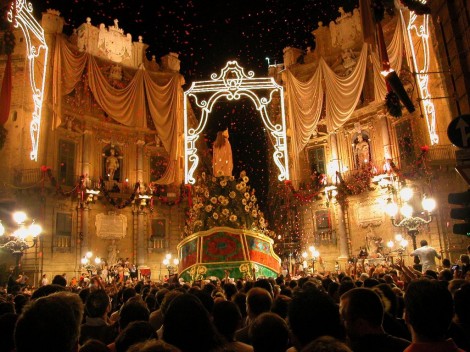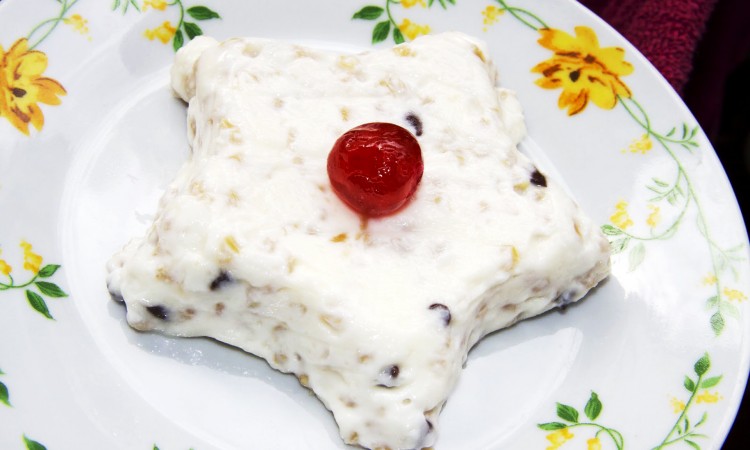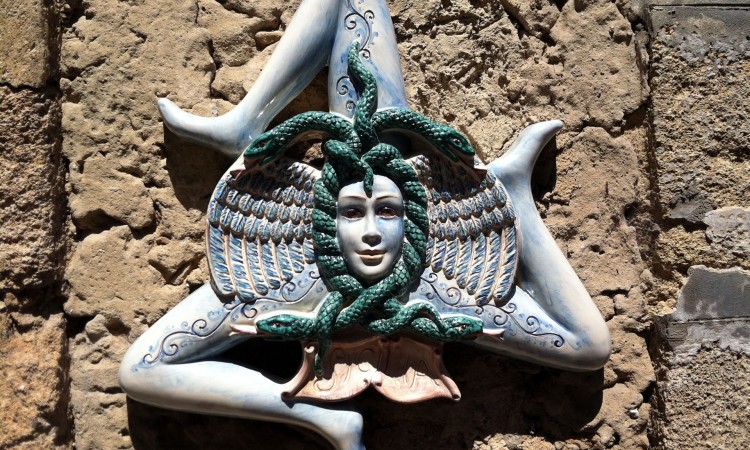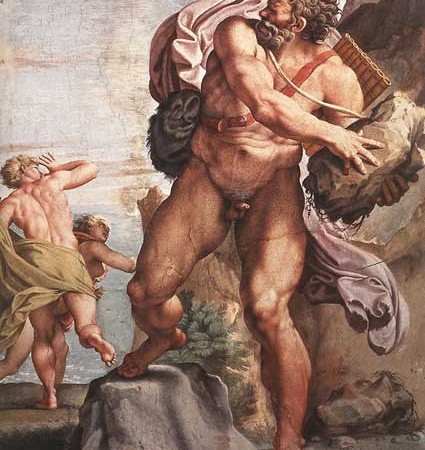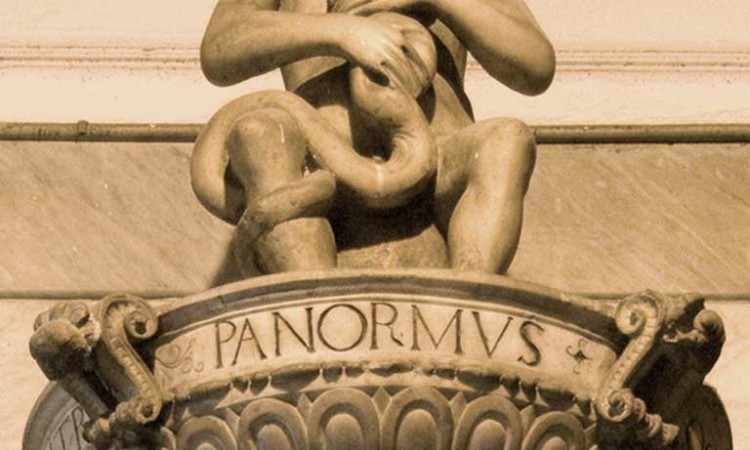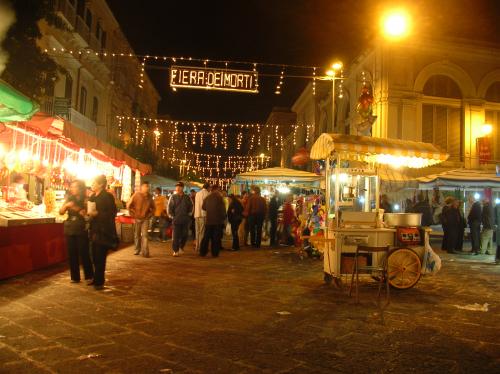Here you are four odd stories about some legends known in Sicily. Read the post and discover also some fantastic places to visit.
Sicilian Culture
Why Saint Rosalia is the patron of Palermo?
Tradition , history and faith are all different perspective through which we can read the story of Saint Rosalia, patron of Palermo. How a girl who excaped from her fate of being wife to a man she didn’t love, became a saint. It’s a story that begins back in the 12th century at the court of Roger II of Sicily, after count Baldovino saved the king’s life.
Saint Lucy in Palermo: story of devotion and food
In 1646 Palermo was hit by a terrible famine that carried away lots of citizens. Because of this tragic event, survivors started to say prayers to Saint Lucia and while they were asking her for saving Palermo a miracle happened: a big ship full of corn arrived into the porto of the city, changing the fortunes of people otherwise destined to death.
Believe it or not, Palermo is a comic artists hotbed!
Comic books isn’t exactly the first topic that comes to mind when you think to Sicily, yet you’d be surprised. The Palermo School of Comics just celebrated its tenth birthday since the little animation studio Grafimated Cartoon joined the famous Milan School of Comics to install a branch in the southern Italy. Since then the School filled with experienced teachers who works for Disney, Bonelli, Marvel, DC, Soleil and many others.
Trinacria: story of Sicily and its three capes
There is something special in Sicilian culture; there is always something you wouldn’t expect… in every street corner, in people attitude, while you are tasting Sicilian food: keep your eyes open, Sicily will get you. Sicily is a land full of charm and mistery and we want to unveil a few secrets about its ancient past and its name. Siculi and Sicani were the first inhabitants of Sicily, that was originally named Sicania. Although upon their arrival the Greeks called the island “Thrinakia” – meaning “island of the three capes” – because of its shape.
The Myth of Aci and Galatea
There are so many legends about our land. Sicily is a casket of incredibile stories and the myth of Aci and Galatea is a great example of Sicilian tradition. Galatea – which name means “milk-white” – was a sea nymph felt in love with the young shepherd Aci. Because of this love the Cyclops Polyphemus became jealous for the handsome shepherd and killed him throwing a huge rock against. Galatea transformed the blood of Aci in the sources of a river.
Plumeria: the flower of Sicily
If you’ve been in Sicily at least once you must have noticed a white flower with a sweet-spicy scent inside Sicilian gardens or balconies? Well, that’s the Plumeria, also known as Frangipani or Pomelia, as they call it around here.
Sicilian women used to plant the Pomelia and give it to their daughters (or granddaughters) after the marriage to adorn their new home, and that’s why the flower acquired a deep meaning bound to a sense of familiar affection and heritage.
Palermo the golden dell, devours hers and feeds the foreigners
“Panormus conca aurea suos devorat alienos nutrit”: this inscription lies at the bottom of a statue at Palazzo Pretorio. It means “Palermo the golden dell, devours hers and feeds the foreigners”. An omen more than a motto, yet this words describe perfectly the very soul of the city and the citizens of tha capital of Sicily. The very symbol of the city is the statue itself…
The gifts of the dead, or what they do in Sicily for Halloween
Every country has its own traditions associated with the last days of October and the first of November, the most famous is surely Halloween, the American festivity largely adopted in the Western world. In Italy though, especially in Sicily, there are some ancient traditions related to this time of the year, they are deeply rooted and probably even more fascinating than the night of witches.




